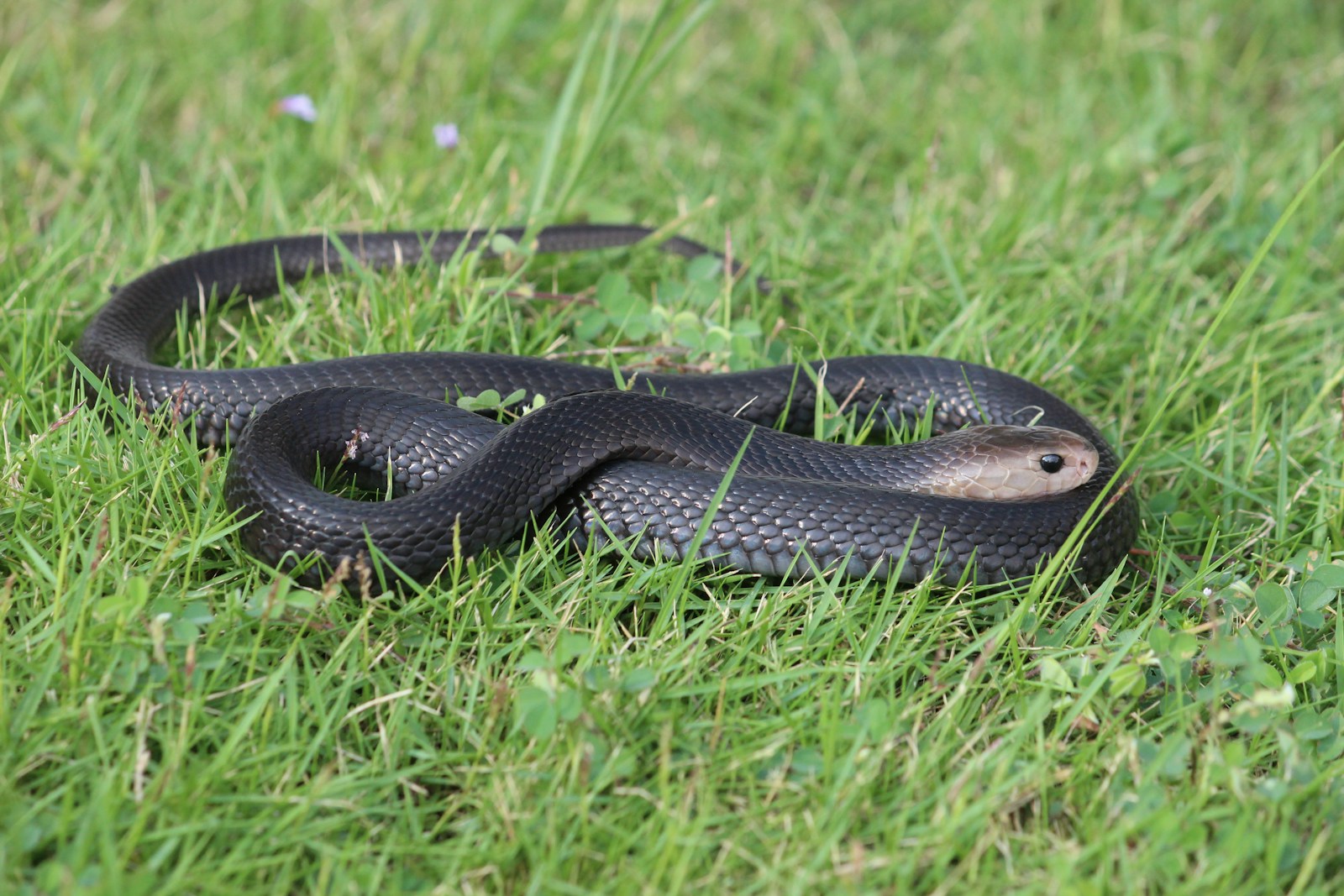Encountering a snake in the wild can be both fascinating and frightening. While most snakes prefer to avoid human interaction, venomous species may strike if they feel threatened. Understanding the warning signs that precede a strike can be crucial for your safety. Unlike the dramatic displays often portrayed in movies, real snakes typically exhibit subtle but recognizable behaviors before attacking. This knowledge isn’t meant to increase fear but rather to help you make informed decisions should you encounter a venomous snake in its natural habitat. By recognizing these pre-strike indicators, you can take appropriate action to prevent a potentially dangerous situation.
The Defensive S-Curve Posture

One of the most recognizable pre-strike indicators is when a venomous snake forms its body into an S-shaped curve. This distinctive posture allows the snake to maximize striking distance and power by creating a coiled spring effect with its muscles. The forward portion of the body forms the “S” while the rear portion remains anchored for stability and leverage. This position enables the snake to launch forward with remarkable speed and precision when it decides to strike. While not all S-curves lead to strikes, this posture indicates the snake is in a defensive mode and has positioned itself to attack if it perceives further threat.
Head Positioning Changes
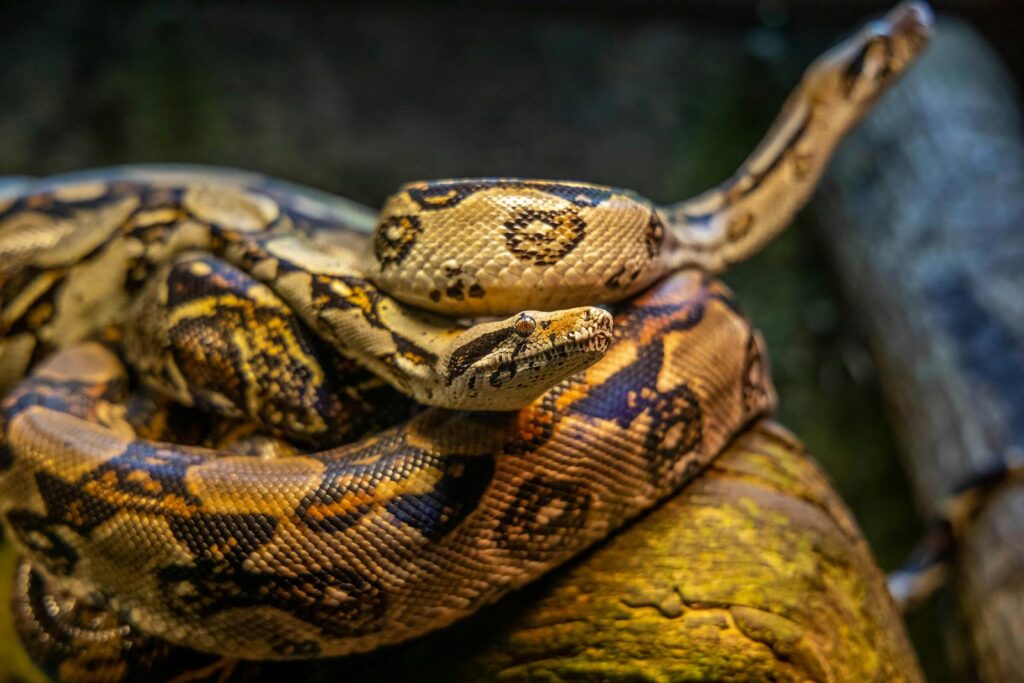
A venomous snake preparing to strike will typically adjust its head position to optimize its attack trajectory. You may notice the head becoming more elevated above the ground or angled slightly toward the perceived threat. Some species will flatten their heads to appear larger and more intimidating. The snake’s focus will be intensely directed toward its target, rarely breaking its gaze once locked on. These head positioning changes serve both defensive and offensive purposes – they make the snake appear more formidable while simultaneously preparing it for the most efficient strike path. Recognizing these subtle head adjustments can provide crucial seconds of warning before a potential strike.
Rattling or Tail Vibration
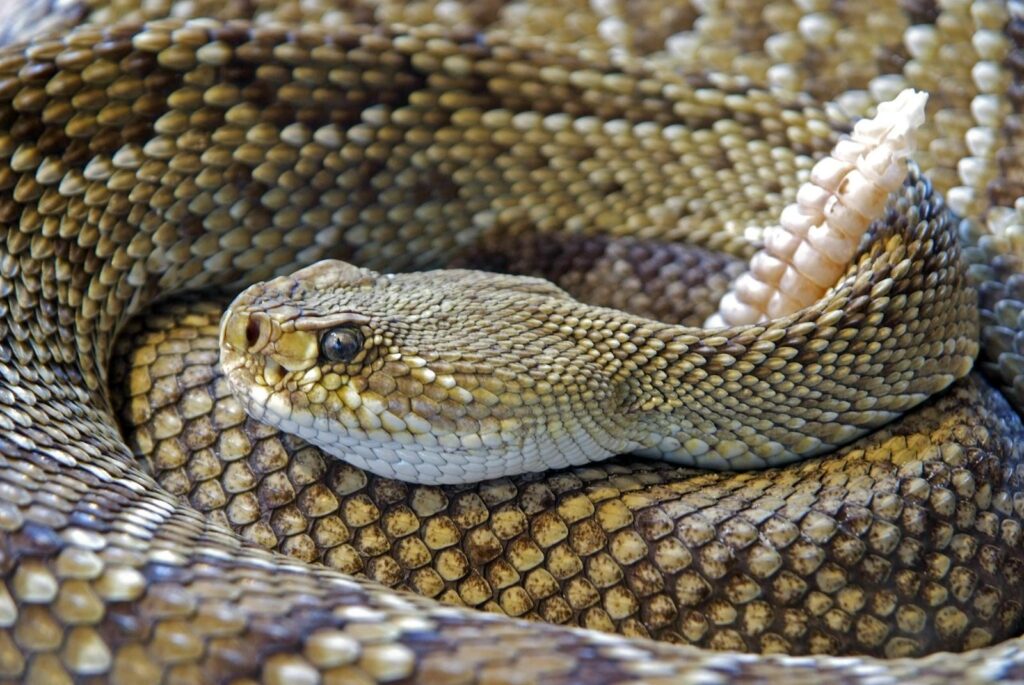
Rattlesnakes famously announce their agitation through the distinctive sound of their rattles, but many other venomous snake species also communicate through tail movements. Species without rattles may rapidly vibrate their tails against the ground or nearby vegetation, creating a buzzing sound that serves as an audible warning. This behavior is particularly common among pit vipers like copperheads and cottonmouths. The intensity and speed of the tail movement often correlate with the snake’s level of agitation – faster vibrations typically indicate greater stress and a higher likelihood of striking. This warning sign can be especially valuable as it’s often detectable before visual cues become apparent.
Hissing and Vocal Warnings
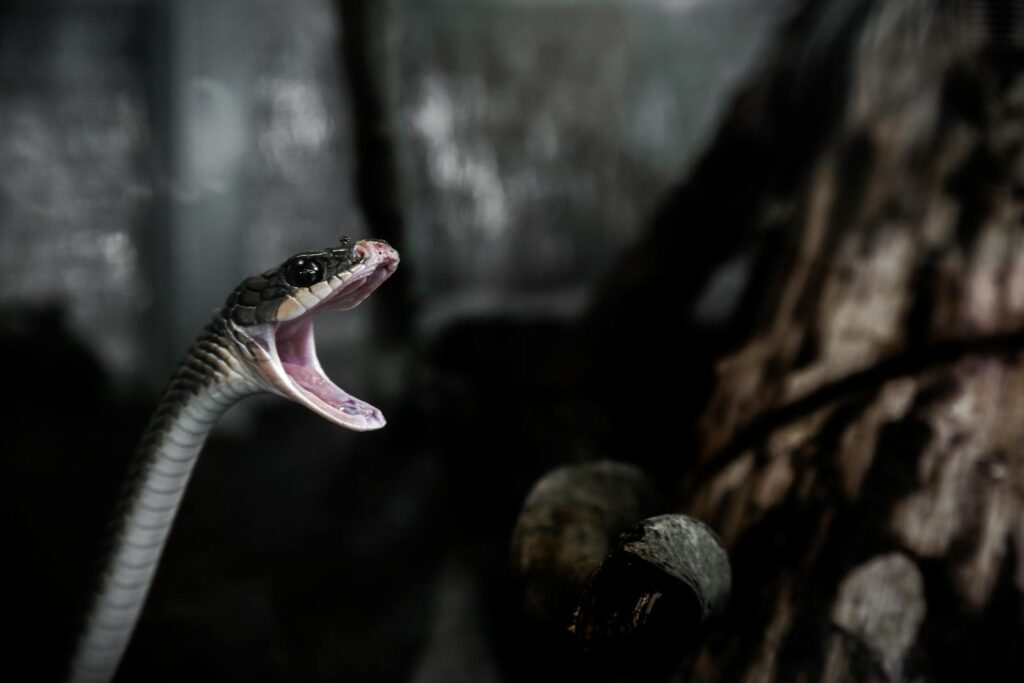
Many venomous snakes emit distinctive hissing sounds when they feel threatened and are considering striking. This audible warning serves as a clear communication that the snake feels cornered or endangered. The hiss is produced by the snake forcefully expelling air through a specialized structure in its mouth called the glottis. Some species, like certain cobras, can produce remarkably loud hissing that’s audible from several meters away. The volume and intensity of the hissing often increase as the snake becomes more agitated and closer to striking. This vocalization provides an unmistakable indication that you should increase your distance from the animal immediately.
Body Inflation or Flattening
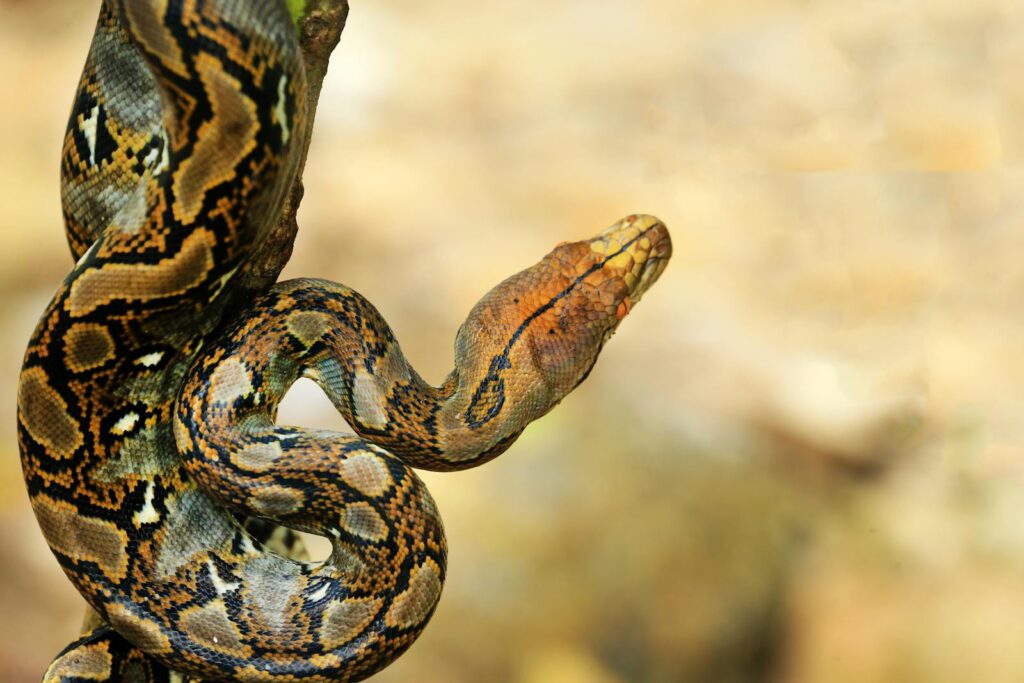
When preparing to strike, many venomous snakes will alter their body shape to appear larger and more intimidating. Cobras famously spread their hoods by extending specialized ribs behind their heads, but other species employ different techniques. Some vipers and pit vipers flatten their bodies by spreading their ribs laterally, increasing their visible width significantly. This physical transformation serves dual purposes – it makes the snake appear more formidable to potential threats and signals serious defensive intent. The extent of body inflation often correlates with how threatened the snake feels; a fully inflated or flattened snake is typically at maximum alert and readiness to strike.
Rapid Tongue Flicking
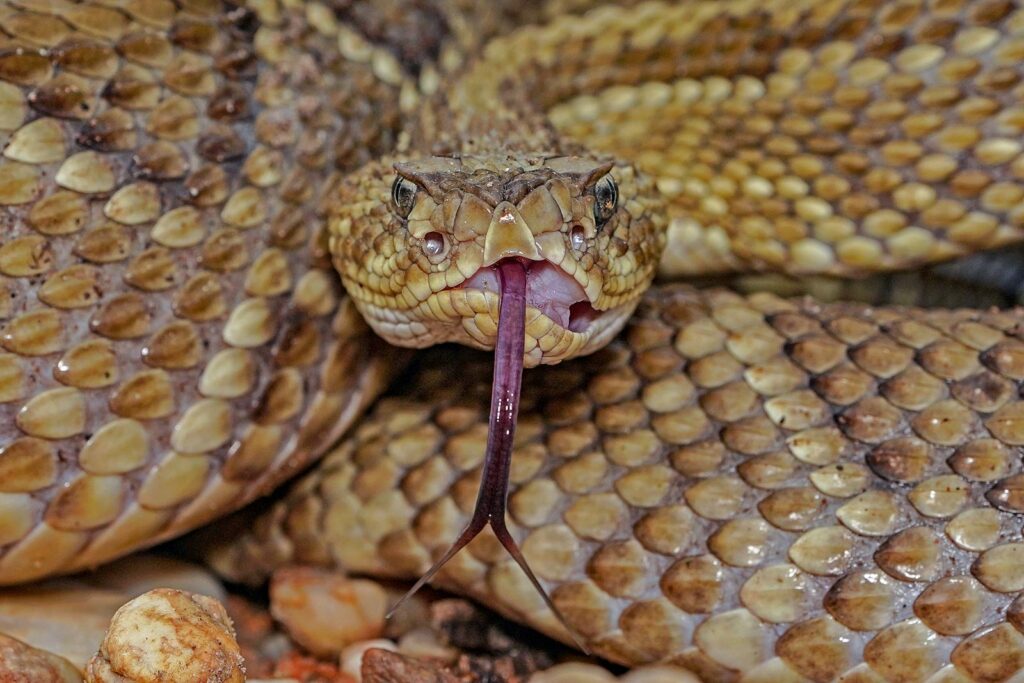
While snakes regularly flick their tongues to collect environmental information, the pattern changes noticeably when they’re agitated and considering a strike. The tongue flicking becomes much more rapid and focused, with shorter, quicker movements directed specifically toward the perceived threat. This accelerated tongue action helps the snake gather crucial sensory information about its target in preparation for a potential strike. The tongue collects chemical particles from the air and transfers them to the Jacobson’s organ in the roof of the mouth, providing detailed information about nearby creatures. This intensified information-gathering behavior often precedes a strike as the snake makes final assessments of the threat level.
Coiling and Recoiling Movements
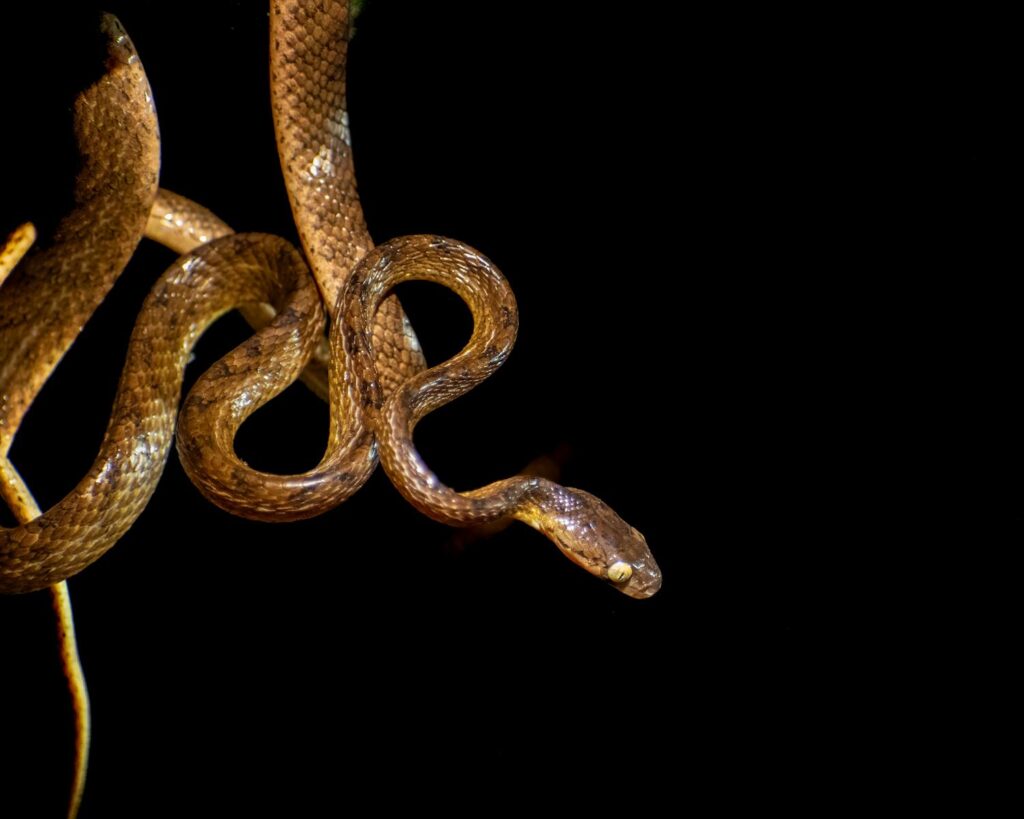
A venomous snake actively preparing to strike may exhibit repeated coiling and slight recoiling movements as it adjusts its position for optimal striking range. These subtle movements involve the snake tightening and slightly relaxing its coiled position while maintaining the overall defensive posture. This behavior allows the snake to fine-tune its striking distance and angle while it evaluates the threat. The movements may appear almost nervous or twitchy to an observer, distinguishing them from the snake’s normal, smoother repositioning behaviors. Experienced outdoor enthusiasts recognize these micro-adjustments as significant warning signs that the snake is actively considering a strike rather than simply maintaining a defensive posture.
Eye Focus and Pupil Dilation
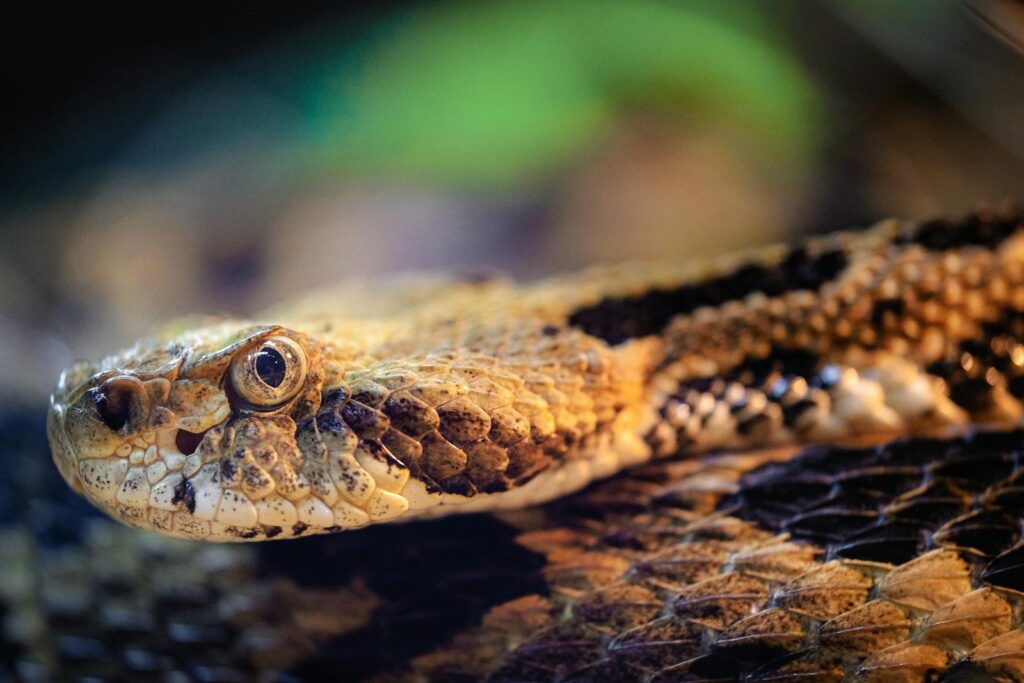
The eyes of a venomous snake can provide clear indications of its readiness to strike. Many species display noticeable pupil changes when they enter a defensive state, with pupils dilating to improve visual acuity. The snake’s gaze will become intensely focused on its potential target, with minimal eye movement or distraction. Some species, particularly vipers with heat-sensing pits, may appear to be staring slightly offset from their actual target as they integrate visual and infrared information. This fixed, unblinking stare often accompanies other pre-strike behaviors and indicates the snake is actively tracking its target in preparation for a potential strike.
Freezing Before Fast Movement
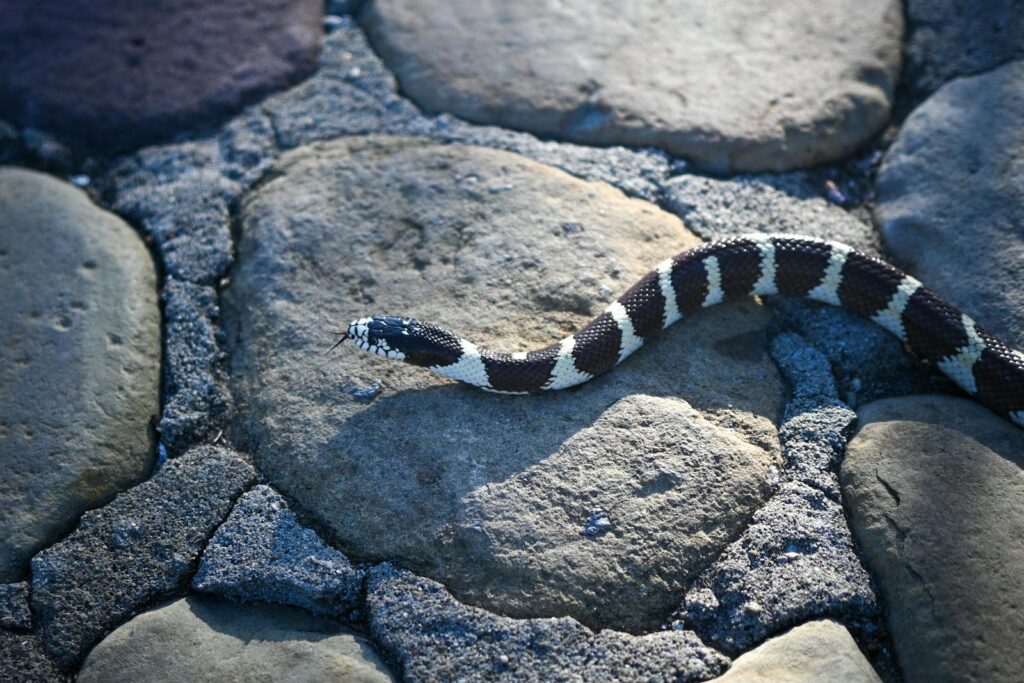
Immediately before launching a strike, many venomous snakes will momentarily freeze in position. This brief stillness is part of the final preparation before the explosive muscle contractions required for striking. The duration of this pause may be extremely short—sometimes just a fraction of a second—but experienced observers can detect this momentary stillness. The freeze represents the snake’s final assessment and targeting calculations before committing to a strike. This micro-pause often follows a period of increased movement or adjustments, creating a noticeable contrast in behavior that serves as a final warning sign before the strike itself occurs.
Defensive Retreat Attempts
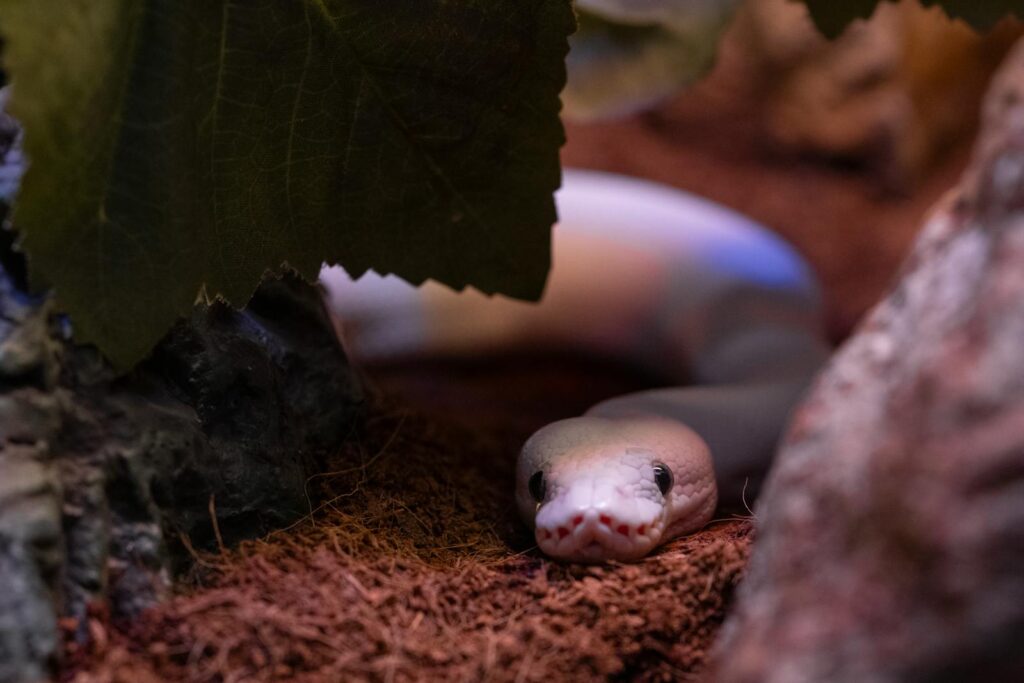
Contrary to popular belief, most venomous snakes will attempt to retreat before striking if given the opportunity. A snake that makes jerky, backward movements while maintaining its defensive posture is communicating its desire to escape rather than attack. These retreat attempts often involve the snake trying to move backward while keeping its head oriented toward the perceived threat. If these escape efforts are blocked or if the snake feels increasingly cornered, it becomes much more likely to strike. Recognizing these retreat signals can help you understand the snake’s intentions and provide an opportunity to safely back away while allowing the snake an escape route.
Species-Specific Warning Signs
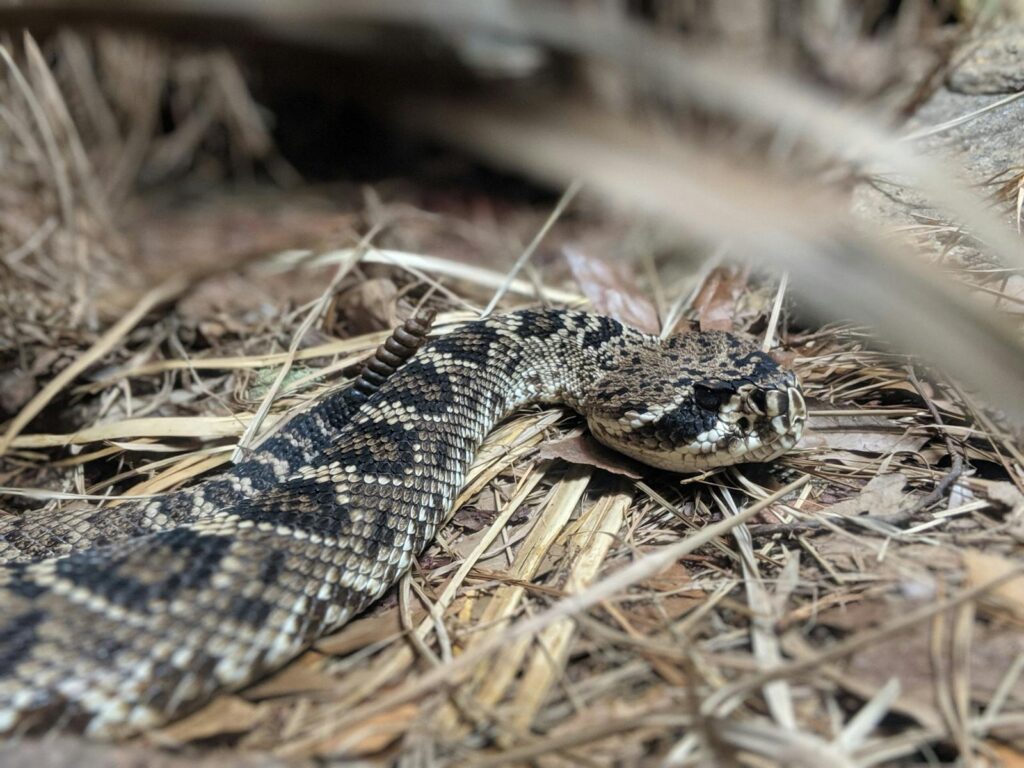
Different venomous snake species exhibit unique warning behaviors that can help with identification and risk assessment. Rattlesnakes are well-known for their distinctive warning sound, but other species have equally characteristic displays. Cobras raise their hoods and may perform a swaying motion while maintaining eye contact with the threat. Mambas often open their mouths to display their black inner lining. Cottonmouths frequently perform their namesake “cotton mouth” display by opening their jaws wide to reveal the white lining of their mouths. Learning these species-specific warnings for snakes common to your region can provide valuable early alerts to potential danger.
The False Strike Warning
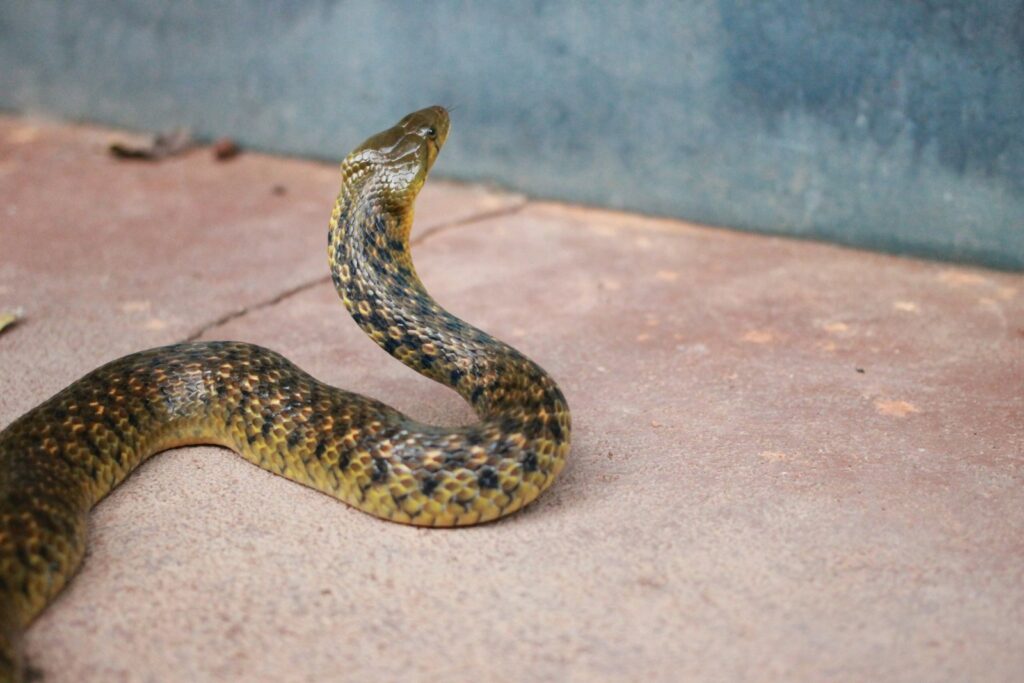
Some venomous snakes employ a tactic known as the false strike or bluff strike to deter threats without expending the energy or risk of an actual bite. This behavior involves the snake lunging forward with closed mouth or deliberately falling short of the target. These mock strikes serve as serious final warnings before an actual bite attempt. The false strike is typically executed with less extension and speed than a genuine strike attempt. If you witness this behavior, it should be treated as an unambiguous signal that an actual strike is imminent unless you remove yourself from the situation. Many experienced herpetologists consider this the final warning before a committed strike attempt.
How to Respond to Pre-Strike Warnings
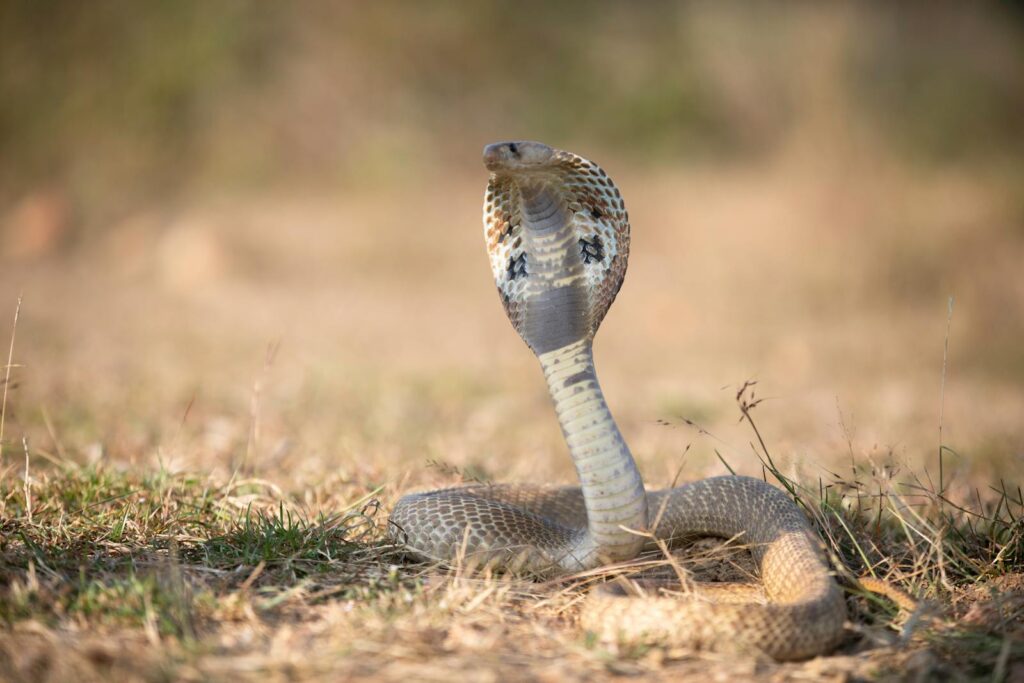
The appropriate response to pre-strike warnings is to create distance between yourself and the snake calmly and deliberately. Avoid sudden movements that might trigger the snake’s predatory response or be interpreted as an attack. Slowly back away while maintaining visual awareness of the snake’s position. Never attempt to handle, kill, or move a venomous snake displaying defensive behaviors—this is when most snakebites occur. If possible, give the snake a clear escape route rather than cornering it further. Remember that most snakes can strike a distance of roughly half to two-thirds of their body length, so maintaining a minimum distance of twice the snake’s length is advisable for safety.
Conclusion
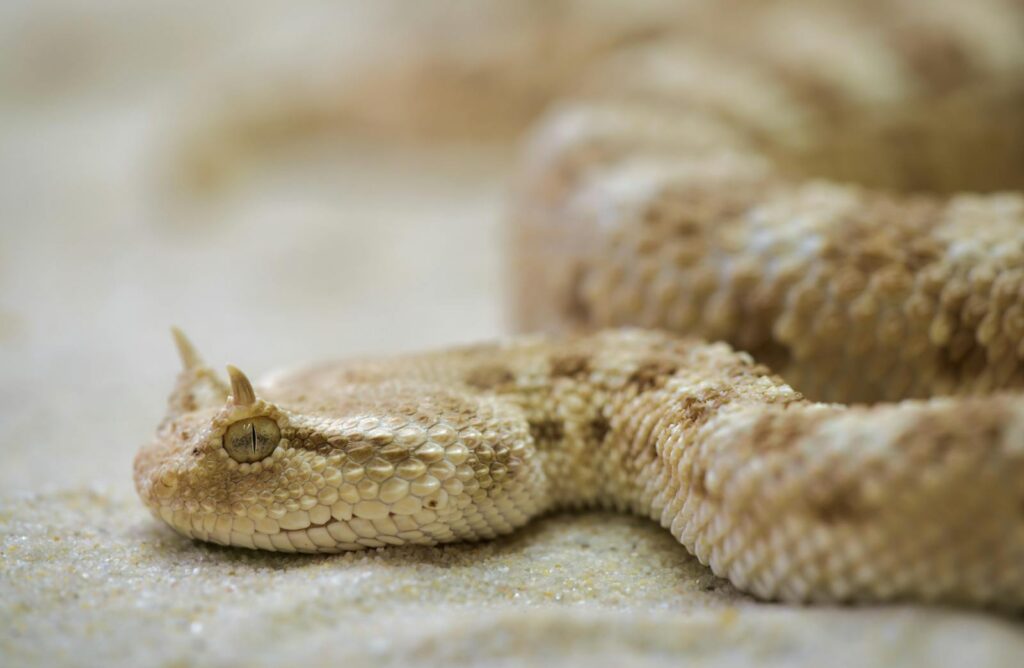
Understanding the warning signs that precede a venomous snake strike provides valuable time to make appropriate safety decisions in the field. These behaviors have evolved as communication systems intended to prevent dangerous encounters—snakes generally prefer not to waste their venom on non-prey animals. By recognizing these signals and responding appropriately, you can significantly reduce the risk of snakebite while respecting these important but potentially dangerous animals. Remember that venomous snakes play vital roles in their ecosystems and typically strike humans only as a last resort when they perceive no other option. With knowledge and caution, most snake encounters can remain safe, fascinating glimpses into the lives of these remarkable reptiles.

